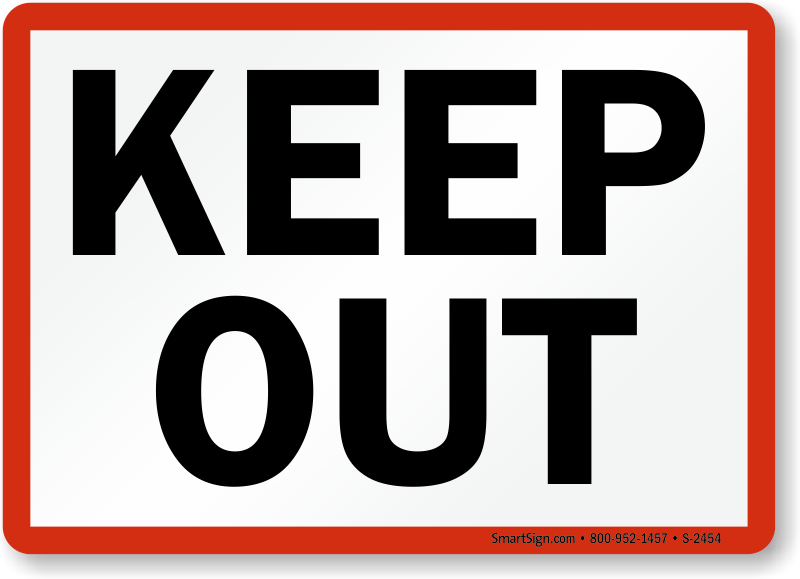The Rap on Wrap
The Rap on Wrap
Having served families experiencing poverty for several years
and leading an organization that helps others serve families that struggle, I
always find Christmas an interesting time of year. The season that focuses us on the gift of our
Savior naturally increases our awareness on the topics of gifts for each other
and we are moved to deeper generosity.
It’s at this time of year when we see an exponential
increase in giving of food and presents for families in poverty. Generally speaking, this is a good thing as
those that have been blessed take account of our blessings and are moved to
better understand those that have very different socio-economic realities. Said another way, we begin to see that
Christmas looks different for many children.
Our hearts are bent as we imagine the possibility that any child would
wake up Christmas morning without a gift to unwrap, so we act on this emotion
and get involved. It’s at this point that
I begin to receive an increase in questions about the best way to give.
I want to first say, this blog is not intended to recruit or
raise money for the organization I lead.
Joshua’s Place does support Christmas gift programs in two of the school districts we serve, but as I sit
here in mid-December all of the families that have requested help have sponsors
and tomorrow they’ll pick them up. The
purpose of this writing is to offer some insight on how we approach this topic
and how we avoid adding shame, stigma and further hurt to those that may
already be hurting.
I get asked a lot of questions but there are two that stand
out as most exemplary and even sometimes, divisive. They’re simple but distinctive in how they
impact the families we are moved to serve.
The first question is on the issue of wrapping gifts. Should I give the gifts to the families
already wrapped or leave them unwrapped for the parents to wrap. This may seem like a small issue and we could
say “either way is fine” but we have experienced a difference. My data for this does not come from my middle-class
view of the topic but from relationships and feedback from those on the receiving
end of the giving. The answer is that
it is much better to give the gifts unwrapped.
The reasons are both practical and spiritual. The practical benefit is that families know,
in advance, what the gifts are for their kids so that they can plan for any inequity among siblings and supplement appropriately. Spiritually speaking, we find it’s
healthy to never do for an able-bodied adult what they are able to do for
themselves. In other words, let’s
allow for participation because participation allows for dignity. This has been a learned experience for us as we
look to the scriptural principle of gleaning in all the work that we do. We see this principle at work in the story of
Ruth and Boaz in how the wealthy land owner allowed for a vulnerable person to
be fed but also allowed that person the dignity of being part of their own
provision.
The second question is about logistics. Do we deliver to the family’s home or provide
for discreet pick up? The ideal
solution is to allow the receiver to pick up the gifts in neutral location that
does not cause shame or embarrassment.
We’ve had sponsors refuse to participate in our program because we will
not allow them to do direct delivery.
They usually say things like “It’s important for our members to connect
with the families they’re giving to.” or “We want our children to be involved
with the giving.” or “It’s a tradition for us to do it this way.” While I certainly understand the emotional
benefit this has to the giver, it creates an emotional risk for the receiver. We’ve had experiences where families we work
with have children in their home receive gifts from children that they go to
school with and know personally. This
created embarrassment and shame for those children old enough to be aware of
the stigmas of poverty. We also know
stories of working dads that have hidden in their apartment while the strangers
come to drop of gifts and “connect” with his children. He was appreciative of
the gift but ashamed of his inability to provide.


































